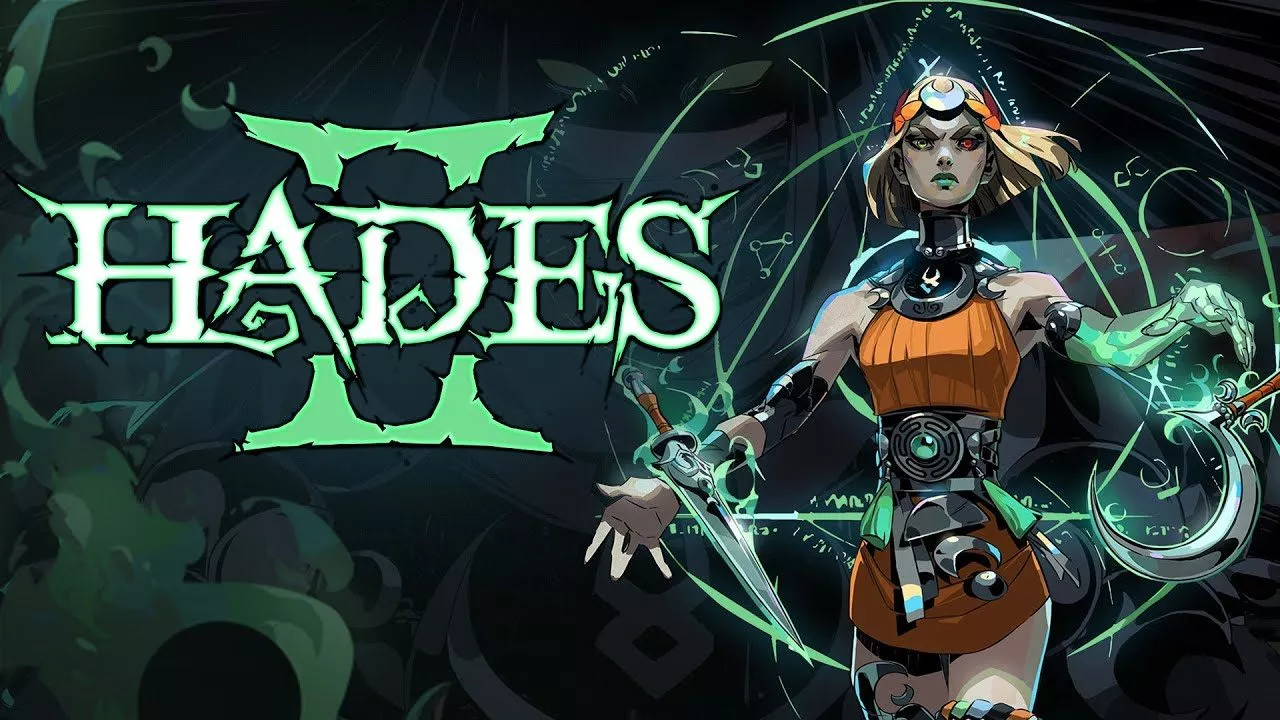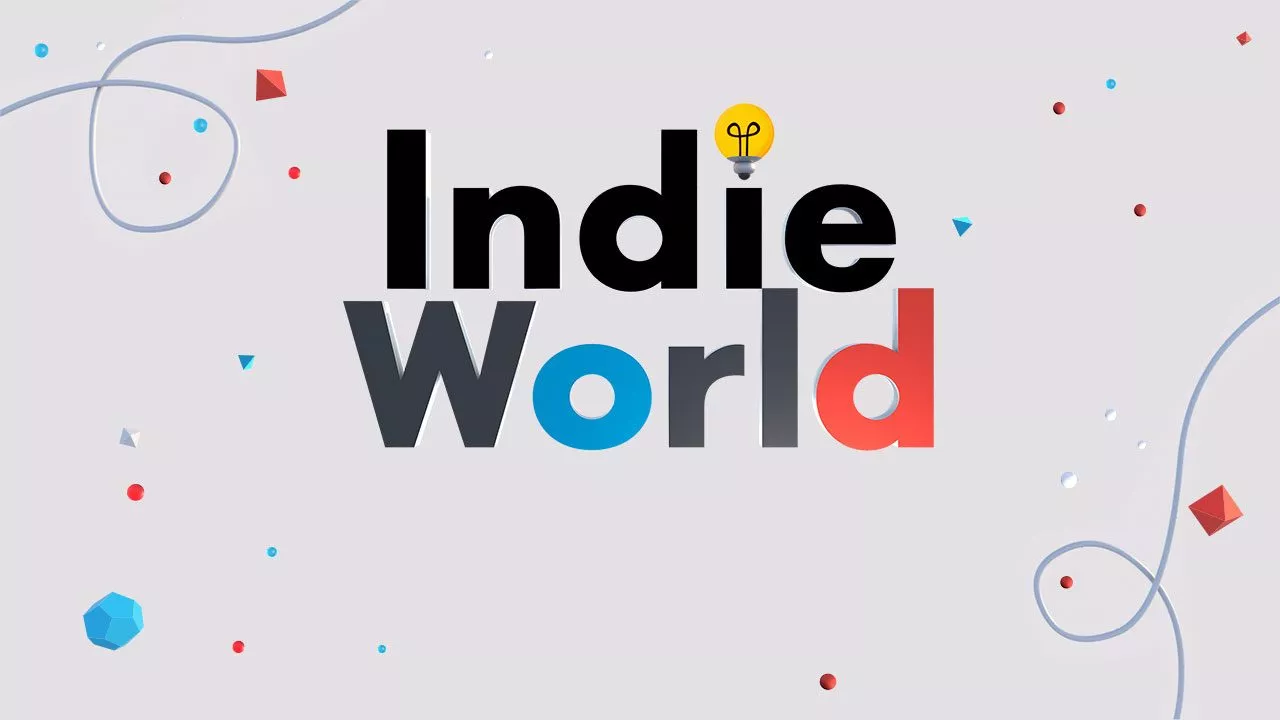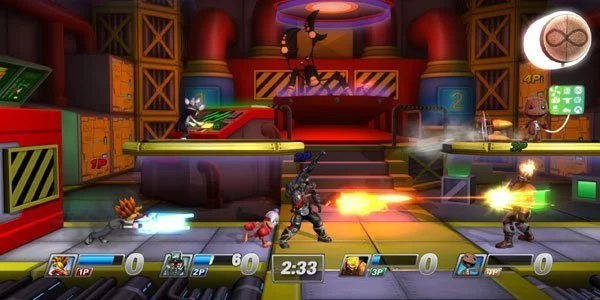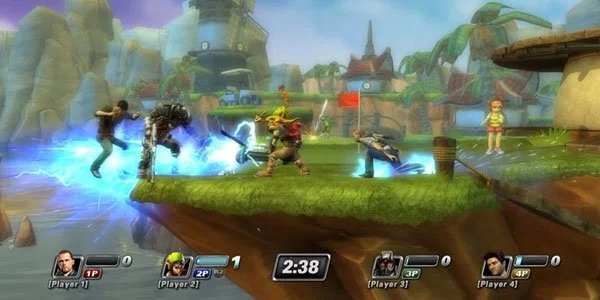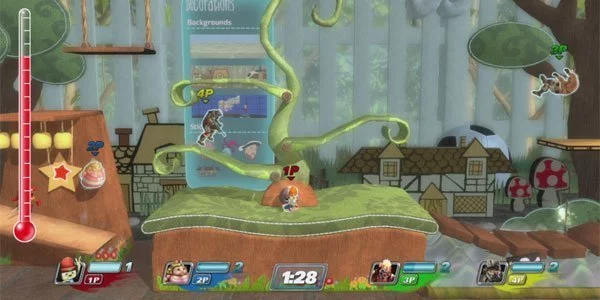With the local release of PlayStation All-Stars: Battle Royale a little over one month away, we caught up with game director Omar Kendall in Sydney last week to talk about character design, fan service, and yeah, the big Super Smash Bros. elephant in the room.
One of the most staggering things about Battle Royale is just how many different characters, from different franchises, from different developers (first-party and third-), the game manages to round up into one package.
“Something that’s really interesting about Sony that I really respect is that the individual IP holders, the developers that are responsible for creating the Ratchet and Clank or Uncharted games have a huge stake in and absolute control over those characters and those worlds,” he said.
“They were involved throughout the entire process. Everything about the characters, from the way they look to the way they walk and talk, punch and kick, all of that, the original developers had absolute approvals on every single detail.”
Obviously, the story isn’t canon. This is a game that chucks PaRappa the Rapper and Kratos into the same universe and expects them to fight each other, but still, original IP holders were consulted to keep the characters’ authenticity intact.
“Ken Levine wrote the script for Bioshock’s Big Daddy and Little Sister’s story in this game. We took a couple of stabs at it, the general framework of the story was there, but there’s a very specific way that Ken likes Little Sister to talk and he wrote all of her lines,” Omar revealed.
Levine, like all of the other IP holders, submitted a series of IP requests, and one of them was that Little Sister always be seen with a syringe. It was a request SuperBot Entertainment obliged, but it raised the question: just how did they manage the tone of a game that features Little Sister and a princess who becomes fat by eating lots of cake?
“Ours is a meeting in the middle – we’ve got these M-rated dudes and these E for Everybody dudes and we’re making a brawler, so they will be punching and kicking each other in the head. We’re not performing fatalities or anything like that, it’s cartoon violence, we do know that the game is going to have a wide appeal and you’re coming to it because you might like Sly Cooper, not because you want to dismember someone.”
Fans will be coming with other expectations, like how their favourite characters control, something Omar and his team were mindful of.
“Heihachi probably has four or five or six dozen moves at this point, and in All-Stars, you only have about 2 dozen basic moves, then you’ve got throws and supers. Our approach was the same for all characters. We had to capture the essence, we had to boil it down to, ‘When I think of Kratos, I think of SQUARE SQUARE SQUARE, so I need SQUARE SQUARE SQUARE,’ and we captured that in the move-set wherever possible. Heihachi, one-one-two, or Twin Pistons, or Hell Sweeps, things like that. You have to hit on those, those are the elements that players are going to pick up on.
“But at the same time, we also do big, funny things. Heihachi’s bodyguard is Kuma, so we said, ‘We’ll make his Level Two Super Kuma just coming out and going on a rampage killing things.’ It really is sort of absurd the whole premise of the game, that Heihachi and Jak and Daxter are in the same game, it’s ridiculous, so it allows us to really go to town when it comes to nailing the fan service.”
And the attention to detail shows. Now, I approached Battle Royale as a huge Jak & Daxter fan in desperate need of his next-gen fix (PlayStation Move Heroes never happened, thank you very much). I selected the Sandover Village stage (which is based on Jak & Daxter and Hot Shots Golf), and I was satisfied. It looked like a next-gen incarnation of the environment from the original game. And then, in the background, the opening scene from Jak II played out. It was a blink-and-you’d miss it reference. The three people I was fighting against didn’t bat an eyelid, meanwhile, I was losing my sh*t all over the place. And Omar was glad to hear it.
“That’s our joy in the game, putting that stuff in there, because the game is a celebration, we’re having fun with it, we do tonnes of research on these characters and these worlds and we take it very seriously and we want you to feel that we’re fans of these IPs too. There are little things like that all over this game, waiting to be discovered,” he said.
The big thing players will be confronted with when playing Battle Royale is that the stages don’t stand idly by – they act very much like fifth characters on the screen, helping and hindering the players’ progress.
“I’m not taking shots at Smash, but we noticed that when people do play it, they turn everything off. They turn items off, and they go to the most boring level that doesn’t have any interaction with it because they feel that that is the proper way to play the game. And we really wanted players not to do that with our game.
“We wanted items to be useful, and sort of feel fair and well-integrated into the system and we had the same philosophy for our levels, we didn’t want people to say, ‘I don’t want to play on that one because it interferes with my gameplay,’ so we definitely took a ‘the stage as a fifth man’ approach.
“If you’re mindful of the hazards, you see them coming you can position yourself to avoid them, you can position your opponents to get hit by them. That was really important to us. Superficially, it might just look like it’s just a bunch of pyrotechnics and crazy stuff going on, but there’s a method there that we want to supply tools for the player to leverage because it makes the game funner,” Omar explained.
Honestly, we were glad he mentioned Super Smash Bros., a game that has very obviously inspired this one. No matter what kind of all-star fighting game they produced, the comparisons were always going to be there from the get-go. Just how did that affect game development?
“To be honest, we may have been a little ignorant of how big a deal it was going to be. We knew there would be comparisons but, where I come from, the fighting game community is all iterative. The entire genre sort of exploded from one single really cool idea. So, you know, Smash was cool, why not make a game that celebrates everything that’s cool about Smash, everything that’s cool about fighting games and add to the great tradition? We weren’t trying to create a rivalry, or take anything away from them, we are just big fans of the genre, and it’s cool to play in that world.”
As for what’s next for SuperBot Entertainment, they don’t know (“I’d like somebody to tell me!” Omar said.), but they do know is that if Battle Royale is successful, they would like to go back and add the characters and stages they didn’t get around to putting in the game (through DLC, we assume). Omar teased “other cool secrets in surprises”, but his lips are tightly sealed.
PlayStation All-Stars: Battle Royale is out exclusively (no kidding) for PlayStation 3 and Vita on November 22.
This article may contain affiliate links, meaning we could earn a small commission if you click-through and make a purchase. Stevivor is an independent outlet and our journalism is in no way influenced by any advertiser or commercial initiative.




